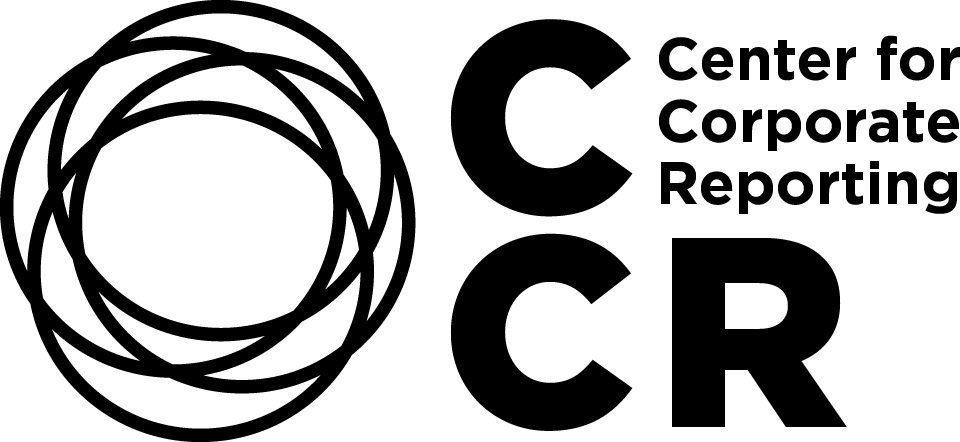Preparing for TCFD Reporting - Practical Recommendations
This report was established in collaboration with our partner EY for the CCR roundtable on "Climate Reporting – the new normal – benefits and challenges", sponsored by EY, held in May 2024.
May 2024
The report covers the following core areas, focusing on practical insights that help implementing and further developing companies’ climate related disclosures:
Understanding main difference between TCFD as a principle-based approach and IFRS S1 and S2, a more prescriptive approach
High alignment overall of TCFD recommendations and IFRS S1 and S2; areas of IFRS S1 and S2 going beyond TCFD are
Disclosure of industry-based metrics
Mandatory Scope 3 emissions disclosure
Swiss companies will be required to produce and publish as of 1st January 2024 a report in alignment with the TCFD recommendations; additional requirements are
Disclosure of a transition plan aligned with Swiss climate targets
The consideration of a double materiality perspective
Publication of information in a machine-readable format, XBRL tagging, enabling automated data exchange and analysis
Key challenges to overcome when implementing TCFD recommendations are typically related to:
Data and systems
Climate scenario analysis
Capability building
Governance
Setting the level of ambitions in climate-related disclosure is one of the very first step companies need to take. Understanding pros and cons of a pure compliance approach vs a more strategic implementation of TCFD may help develop a fit-for-purpose roadmap for implementation
Implementation of climate related disclosures based on TCFD structure
Recommendations
Best practice examples for your TCFD journey
Summary of requirements and timeline based on a step-by-step approach



